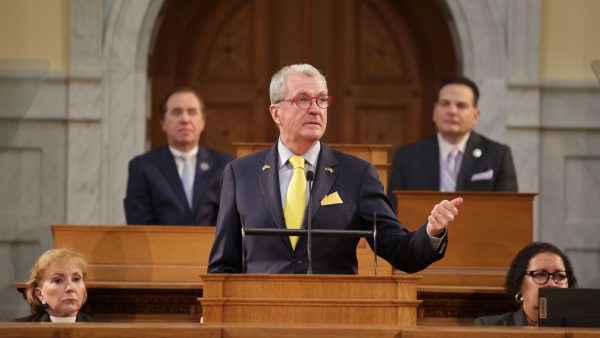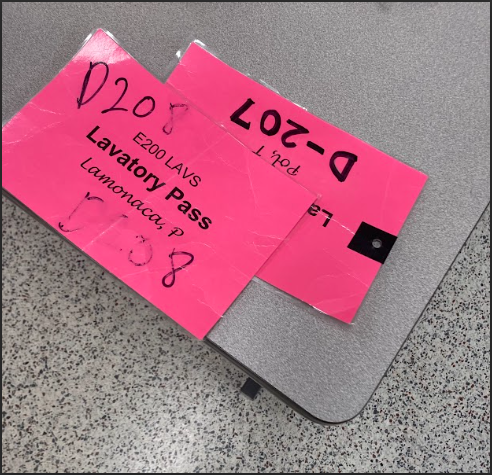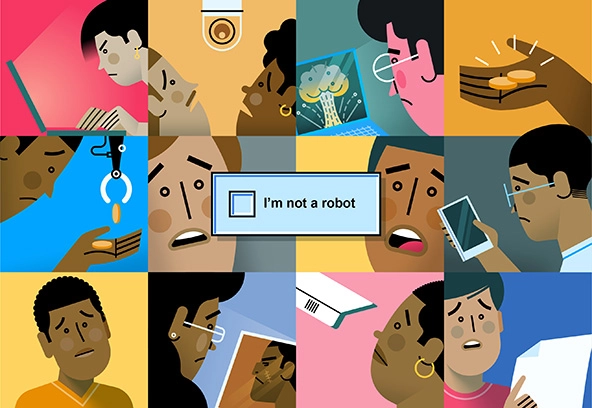Social Media Changed Our World. Was It For the Better?
In 2003, MySpace, the first widely used social media platform, was launched. Within the next decade, several prominent social media platforms were founded, including Facebook, YouTube, Instagram, and Snapchat. Largely unbeknownst to their developers, the world and human interaction had been profoundly changed.
Today, nearly 81% of American teenagers use social media. As a member of Generation Z, I grew up alongside these technologies — most of us can hardly remember a time before smartphones. I’ve also seen the adverse effects social media has on my generation. Instead of being used as a force for good, social media is often used as a highlight reel — a place to cultivate and present an often unrealistic image to the world. Additionally, social media tends to be a distraction — we’ve all opened Instagram or TikTok, intending to spend a few minutes scrolling through, only to find in a blink of an eye that three hours have passed. This isn’t surprising, as the apps were created to draw people in: recent studies have found that the use of social media platforms releases dopamine, a neurotransmitter commonly associated with addiction, to the brain, creating a high similar to gambling. This is observable on many social media platforms, including TikTok— when scrolling through, users cannot be sure what video will appear next, creating a dopamine hit similar to gambling or drinking. In Netflix’s documentary The Social Dilemma, former Silicon Valley engineers and executives claimed that this effect was intentional and a way of keeping users engaged with their sites.
Though social media’s effects are still not fully understood, some disturbing trends regarding social media and mental health are emerging. One recent study (conducted by Morning Consult) found that more than half of Generation Z members spend at least four hours a day on social media. Another study (conducted by ORIGIN) found that 48% of Gen Z say social media makes them feel anxious, sad, or depressed and that 27% experienced a negative impact on body image due to social media. In addition, some research has linked a rising teen suicide rate to social media — as social media usage by teens rose, so did the suicide rate, which increased by more than 30% between 2007 and 2015.
With this in mind, some teens are making a conscious effort to reduce their social media use, with 30% reporting feeling less stress and anxiety once they do so. Some, like New York City’s Luddite Club, have taken drastic measures — there, teens traded smartphones for flip phones, and the movement has been spreading to other schools in the city. Some have made less dramatic efforts to reduce screen time and social media use, including using Apple’s screen time settings and restrictions.
In the storm of moral panic over social media addiction, it’s easy to discredit some of the noise as mere alarmism. Though it is undeniable that social media has its benefits, between being used as a vessel for activism and keeping friends in touch, its risks must be fairly weighed. Keeping this in mind, I do not believe that social media is worth the risks that come with it. However, I’ve retained some hope for the future — if we learn how to use social media safely and healthily, I believe it could become a force for good. We are a generation of true digital natives, possessing endless information and possibilities. What matters is what we choose to do with it.












